
After diving into Ali Abdaal’s comprehensive breakdown of productivity principles, I’m convinced we’ve been thinking about productivity all wrong. For years, I’ve struggled with the traditional “just push through it” approach to getting things done. But what if the secret isn’t discipline or willpower but actually making our work enjoyable?
Ali has distilled 15 years of productivity obsession into nine practical steps that genuinely move the needle. What struck me most was his emphasis on making productivity feel good rather than treating it as a grind. This resonates deeply with my own experience – when I enjoy what I’m doing, I naturally become more productive.
Setting Direction Before Taking Action
The framework begins with setting clear goals – something many of us skip in our rush to be “productive.” I’ve found that without knowing where I’m heading, I end up busy but not effective. Ali suggests thinking about three time horizons:
- Long-term: What do you want on your gravestone?
- Medium-term: Where might you be in 3-5 years?
- Short-term: What do you want to celebrate 12 months from now?
The beauty of this approach is that you don’t need perfect clarity – your goals will evolve. But having direction makes everything else possible.
Breaking Down Goals Into Weekly Actions
Once you know where you’re going, the next step is breaking goals into weekly inputs. This is where I see many productivity systems get too complicated. Ali cuts through this by asking a simple question: What do I need to do every week to make progress?
For example, if you want to build muscle, your weekly input might be “weight training three times a week with progressive overload.” For writing a book, it might be “spend 10 hours a week writing.” This simplicity is refreshing compared to creating overwhelming task lists with thousands of steps.
Creating Time Containers
The third step — creating time blocks — was a game-changer for me. Using the “ideal week” technique, you map out when you’ll do everything from sleeping to working to spending time with family. This shows you exactly how much time you actually have available.
I love Ali’s concept of time blocks as “containers” – you create the space first, then fill it with effort. When I started blocking three hours every morning for writing, my output dramatically improved, not because I suddenly became more disciplined, but because I had created dedicated space for it.
Daily Intentions and Getting Started
Steps four and five focus on planning your day and just getting started. The common thread across productivity books is setting a daily highlight or most important task. Ali frames this as “what is today’s adventure going to be?” – a subtle shift that makes work feel more exciting.
Getting started remains the most challenging part for most of us. Even Ali, a productivity expert who has written a book on the subject, admits that he still struggles with procrastination. This honesty is refreshing — we’re all human, and resistance is a normal response.
Focus and Making Work Feel Good
Steps six and seven address staying focused and making work feel good. The average worker wastes 28% of their day through task-switching and distractions — that’s three years wasted over a decade. Simple changes, such as turning off notifications, can dramatically improve productivity.
But the heart of Ali’s approach is finding joy in work. This isn’t about making work easy but about generating positive emotions while working. For me, this might mean playing music, working in a coffee shop, or joining virtual co-working sessions. When work feels good, energy and creativity naturally follow.
Recharging and Reflecting
The final steps involve recharging energy and reflecting on the progress made. Ali suggests making two lists: activities that genuinely recharge you versus what you default to when tired. Often, passive activities like scrolling social media feel easier, but don’t restore our energy.
Regular reflection — daily, weekly, and quarterly — keeps us aligned with our goals. I’ve found weekly reviews particularly powerful for course-correcting before I veer too far off track.
What I appreciate most about this framework is its balance between structure and flexibility. It provides clear steps without becoming rigid or overwhelming. By focusing on making productivity feel good, it transforms work from a burden into something we look forward to.
After all, productivity isn’t about cramming more tasks into each day — it’s about intentionally using our time for things that matter. And when we enjoy the process, that’s when true productivity happens.

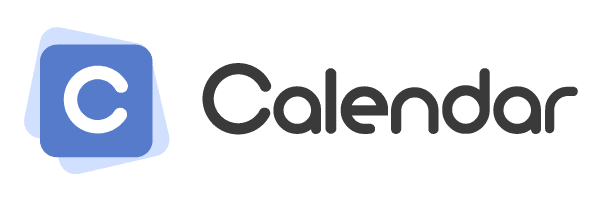
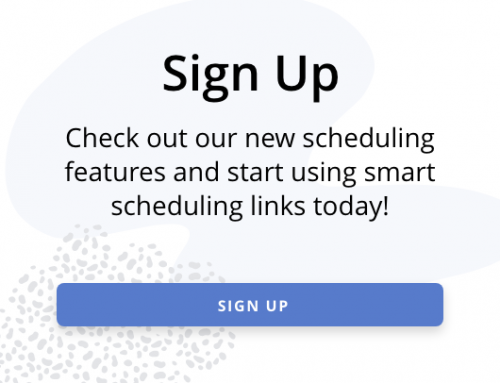



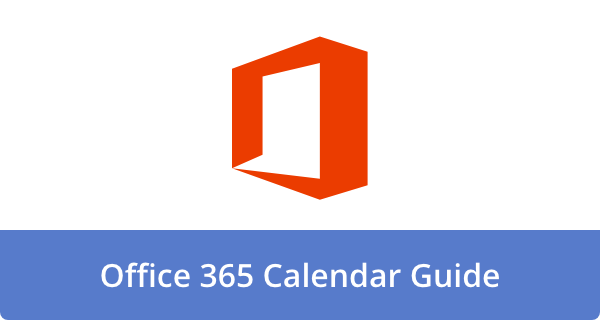
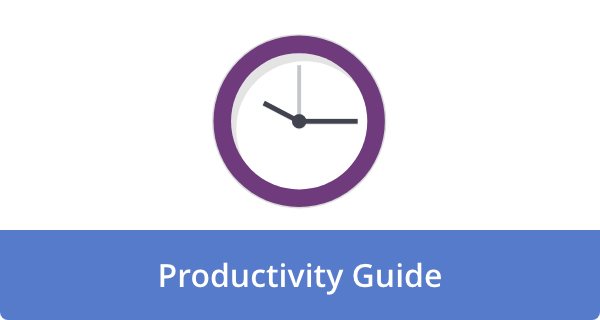
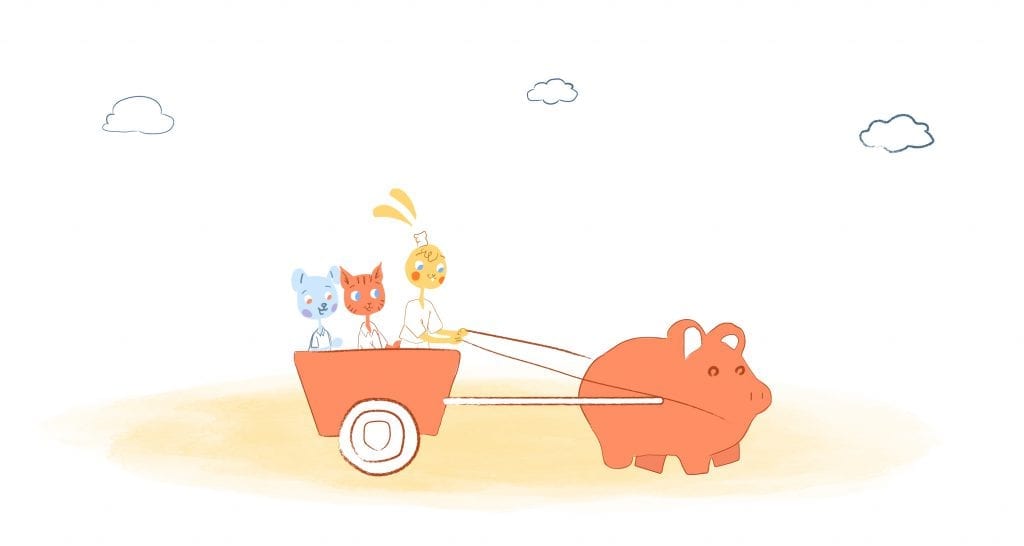
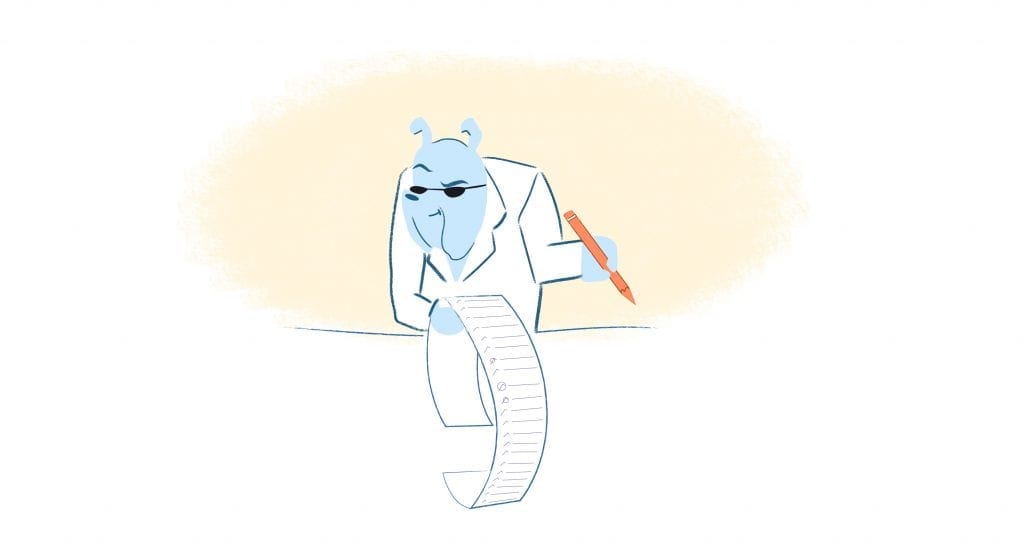
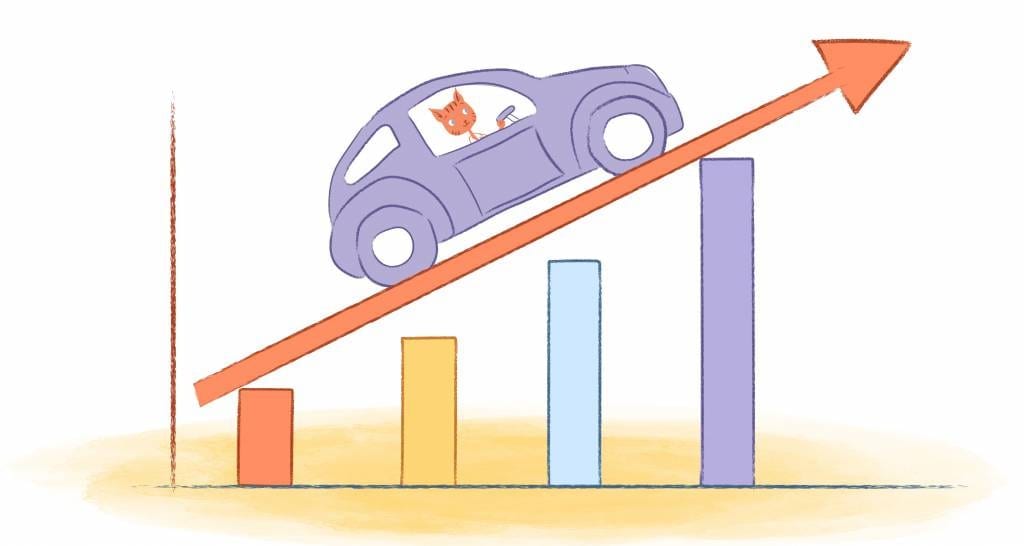
Howie Jones
My name is Howie and I'm a Customer Success Manager at Calendar. I like to ensure our customers get the best experience using our product. If you have questions email me howie at calendar.com